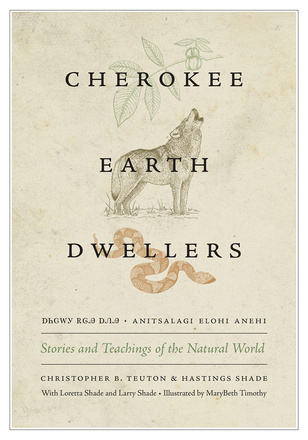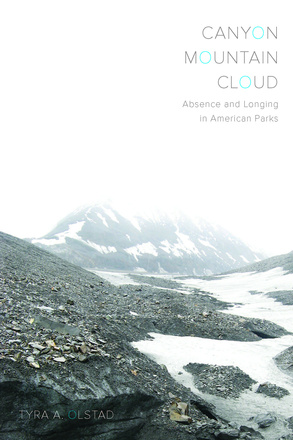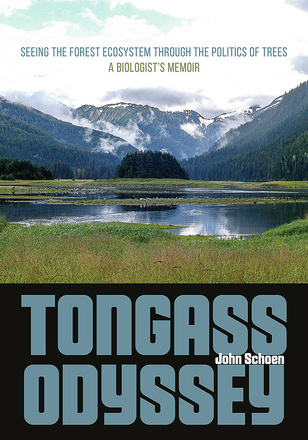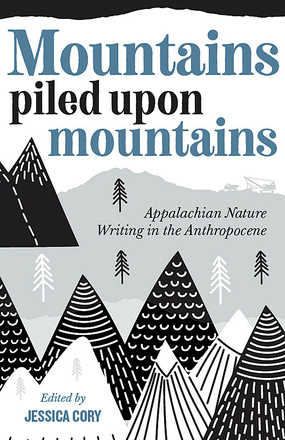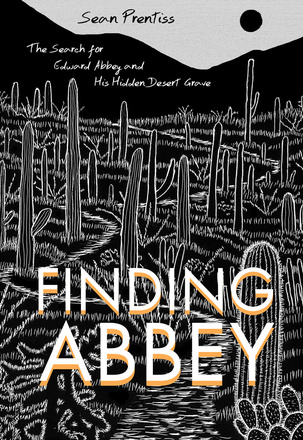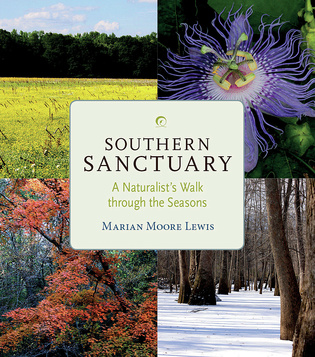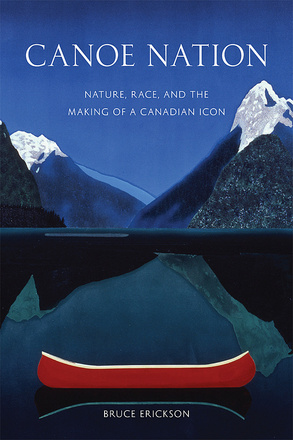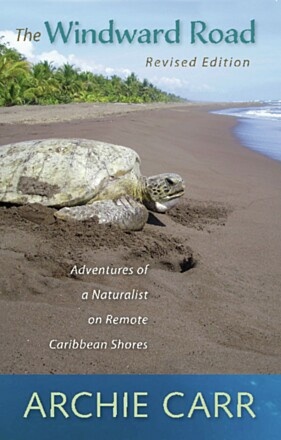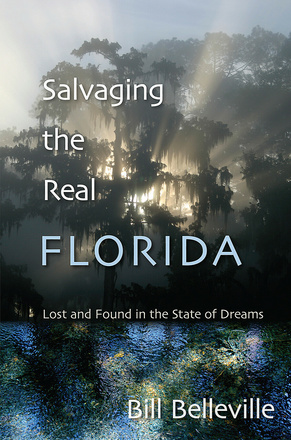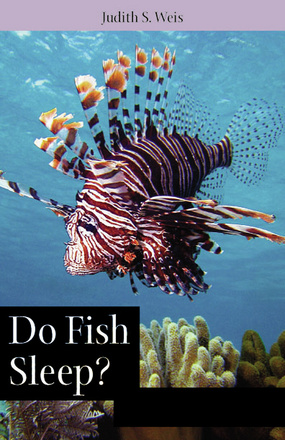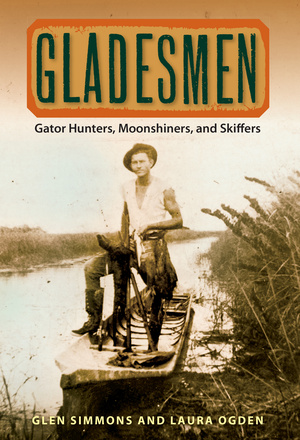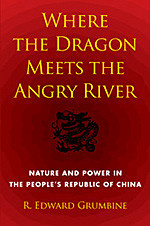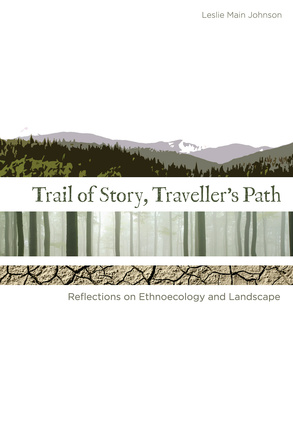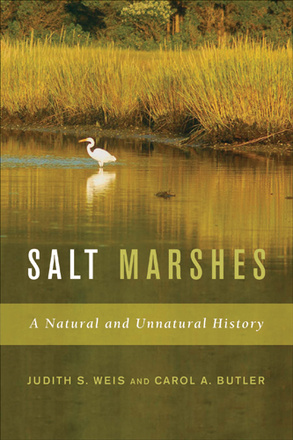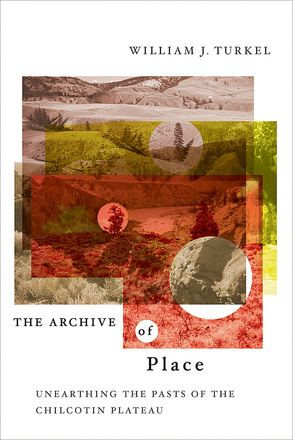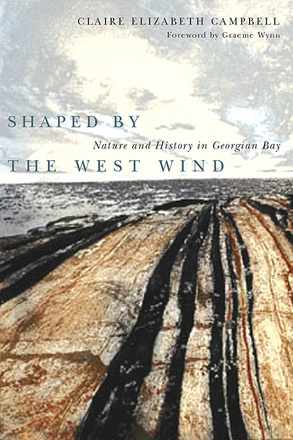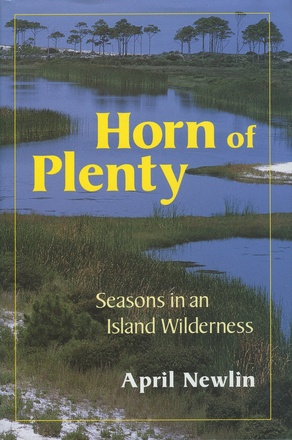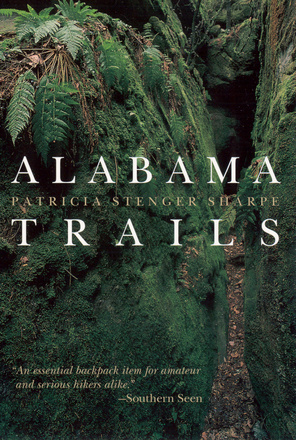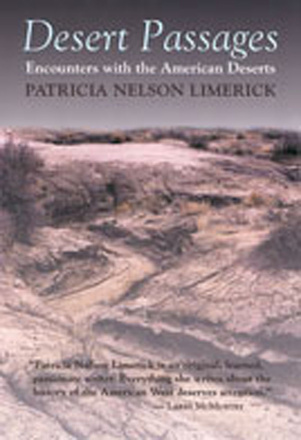Cherokee Earth Dwellers
Stories and Teachings of the Natural World
Cherokee Earth Dwellers offers a rich understanding of nature grounded in Cherokee creature names, oral traditional stories, and reflections of knowledge holders.
Swamplands
Tundra Beavers, Quaking Bogs, and the Improbable World of Peat
Swamplands celebrates these wild places, as journalist Edward Struzik highlights the unappreciated struggle to save peatlands by scientists, conservationists, and landowners around the world. An ode to peaty landscapes in all their offbeat glory, the book is also a demand for awareness of the myriad threats they face. It inspires us to see the beauty and importance in these least likely of places. Our planet’s survival might depend on it.
Canyon, Mountain, Cloud
Absence and Longing in American Parks
What do we seek and what do we find when we visit parks and protected areas? What does it mean to become so deeply attached to a beautiful, wild place that it becomes part of one’s identity? And why does it matter if a particular landscape doesn’t speak to one’s soul?
Part memoir and part scholarly analysis of the psychological and societal dimensions of place-creation, Canyon, Mountain, Cloud details the author’s experiences working and living in Black Canyon of the Gunnison National Park, Denali National Park and Preserve, Adirondack State Park, and arctic Alaska. Along the way, Olstad explores canyons, climbs mountains, watches clouds, rafts rivers, searches for fossils, and protects rare and fragile vegetation. She learns and shares local natural and cultural histories, questions perceptions of “wilderness,” deepens her appreciation for wildness, and reshapes her understanding of self and self-in-place.
Anyone who has ever felt appreciation for wild places and who wants to think more deeply about individual and societal relationships with American parks and protected areas will find humor, fear, provocation, wonder, awe, and, above all, inspiration in these pages.
Tongass Odyssey
Seeing the Forest Ecosystem through the Politics of Trees
Mountains Piled upon Mountains
Appalachian Nature Writing in the Anthropocene
Finding Abbey
The Search for Edward Abbey and His Hidden Desert Grave
"Prentiss reveals the power of Ed Abbey’s lasting call to action, not just as a Monkey Wrencher, but also as an ethicist who lives by Ed’s own motto, “Follow the truth no matter where it leads.'"—Jack Loeffler, author of Adventures with Ed: A Portrait of Abbey
Southern Sanctuary
A Naturalist's Walk through the Seasons
Macadamia Integrated Pest Management
IPM of Insects and Mites Attacking Macadamia Nuts in Hawaii
Canoe Nation
Nature, Race, and the Making of a Canadian Icon
An exploration of the canoe and its role in Canadian culture, nature, and colonial past.
The Windward Road
Adventures of a Naturalist on Remote Caribbean Shores
Tibet Wild
A Naturalist’s Journey on the Roof of the World
Follows Dr. George Schaller’s expeditions to the Tibetan Plateau from 1984 until the present day, including an inside look at Schaller’s current and possibly most ambitious project: the creation of the Pamir International Peace Park at the junction of Afghanistan, Pakistan, China, and Tajikistan.
Salvaging the Real Florida
Lost and Found in the State of Dreams
Do Fish Sleep?
Fascinating Answers to Questions about Fishes
Gladesmen
Gator Hunters, Moonshiners, and Skiffers
Where the Dragon Meets the Angry River
Nature and Power in the People’s Republic of China
This book brings big geopolitical issues to life through the narrative of a particular region and its people.
Trail of Story, Travellers’ Path
Reflections on Ethnoecology and Landscape
A sensitive examination of meanings of landscape, this book draws on the author’s rich experience with diverse environments and peoples in western Canada.
The Industrial Transformation of Subarctic Canada
A revealing history of human impact in the Canadian North, this book focuses on the causes and consequences of the industries that replaced the fur trade.
Salt Marshes
A Natural and Unnatural History
The Archive of Place
Unearthing the Pasts of the Chilcotin Plateau
Weaves together a series of narratives about environmental history in British Columbia’s Chilcotin Plateau.
A Land of Ghosts
The Braided Lives of People and the Forest in Far Western Amazonia
For thirty years David G. Campbell has explored the Amazon, an enchanting terrain of forest and river that is home to the greatest diversity of plants and animals to have ever existed, anywhere at any time, during the four-billion-year history of life on Earth. With great artistic flair, Campbell describes a journey up the Rio Moa, a remote tributary of the Amazon River, 2,800 miles from its mouth. In elegant prose that enchants and entrances, Campbell has written an elegy for the Amazon forest and its peoples-for what has become a land of ghosts.
The Poconos
An Illustrated Natural History Guide
Whispers in the Pines
A Naturalist in the Northeast
In Search of Swampland
A Wetland Sourcebook and Field Guide
Wellsprings
A Natural History of Bottled Spring Waters
"This book tells the story of bottled water in the United States in a highly readable and in-depth way, covering both the facts of the subject, and the persons and events that resulted in this now ubiquitous product."—Stephen C. Edberg, professor, Yale University
Bottled water is a part of everyday life for millions of Americans. Per capita consumption in the United States now tops fifteen gallons per year with sales over $5 billion in 2002. Even as fuel prices climb, many people are still willing to pay more for a gallon of bottled water than they are for the equivalent in gasoline. At the same time, bottled water has become a symbol of refined taste and a healthy lifestyle. But despite its growing popularity, many people cannot quite put their finger on just why they prefer bottled water to the much less expensive tap variety. Some have a vague notion that bottled water is "healthier," some prefer the convenience and more consistent taste, and others are simply content to follow the trend. The fact is most people know very little about the natural beverage that they drink and enjoy. It is reasonable to wonder, therefore, just what differentiates bottled water from other water? Is it really better or healthier than tap water? Why is it that different brands seem to have subtle variations in taste?
As Francis H. Chapelle reveals in this delightful and informative volume, a complex story of geology, hydrology, and history lies behind every bottle of spring water. The book chronicles the history of the bottled water industry in America from its beginnings in Europe hundreds of years ago to the present day. Subsequent chapters describe the chemical characteristics that make some waters desirable, and provide an overview of the geologic circumstances that produce them. Wellsprings explains how these geologic conditions vary throughout the country, and how this affects the kinds and quality of bottled water that are available. Finally, Chapelle shows how the bottled water industry uses this natural history, together with the perceived health benefits of spring waters, to market their products.
Accessibly written and well illustrated, Wellsprings is both a revealing account and a user’s guide to natural spring waters. Regardless of your drinking preference, this timely exploration will make your next drink of water refreshingly informed.
Shaped by the West Wind
Nature and History in Georgian Bay
This wide-ranging history of Georgian Bay examines changing cultural representations of landscape over time, shifts between resource development and recreational use, and environmental politics of place -- stories central to the Canadian experience.
The Harriman Alaska Expedition Retraced
A Century of Change, 1899-2001
Horn of Plenty
Seasons in an Island Wilderness
An inspired history of Horn Island, a spectacular natural treasure and a demanding environment
Enduring Roots
Encounters with Trees, History, and the American Landscape
Enduring Roots tells the stories of historic American trees, including the oak, the apple, the cherry, and the oldest of the world’s trees, the bristlecone pine. These stories speak of our attachment to the land, of our universal and eternal need to leave a legacy, and demonstrate that the landscape is a gift, to be both received and, sometimes, tragically, to be destroyed.
A Guide to Bird Finding in New Jersey
The Wild Heart of Florida
Florida Writers on Florida's Wildlands
A Practical Guide to the Marine Animals of Northeastern North America
Fields of Sun and Grass
An Artist's Journal of the New Jersey Meadowlands
The Everglades Agricultural Area
Water, Soil, Crop, and Environmental Management
Alabama Trails
Desert Passages
Encounters with the American Deserts
Traces the development of American attitudes toward the desert using case studies from many writers over the years.

